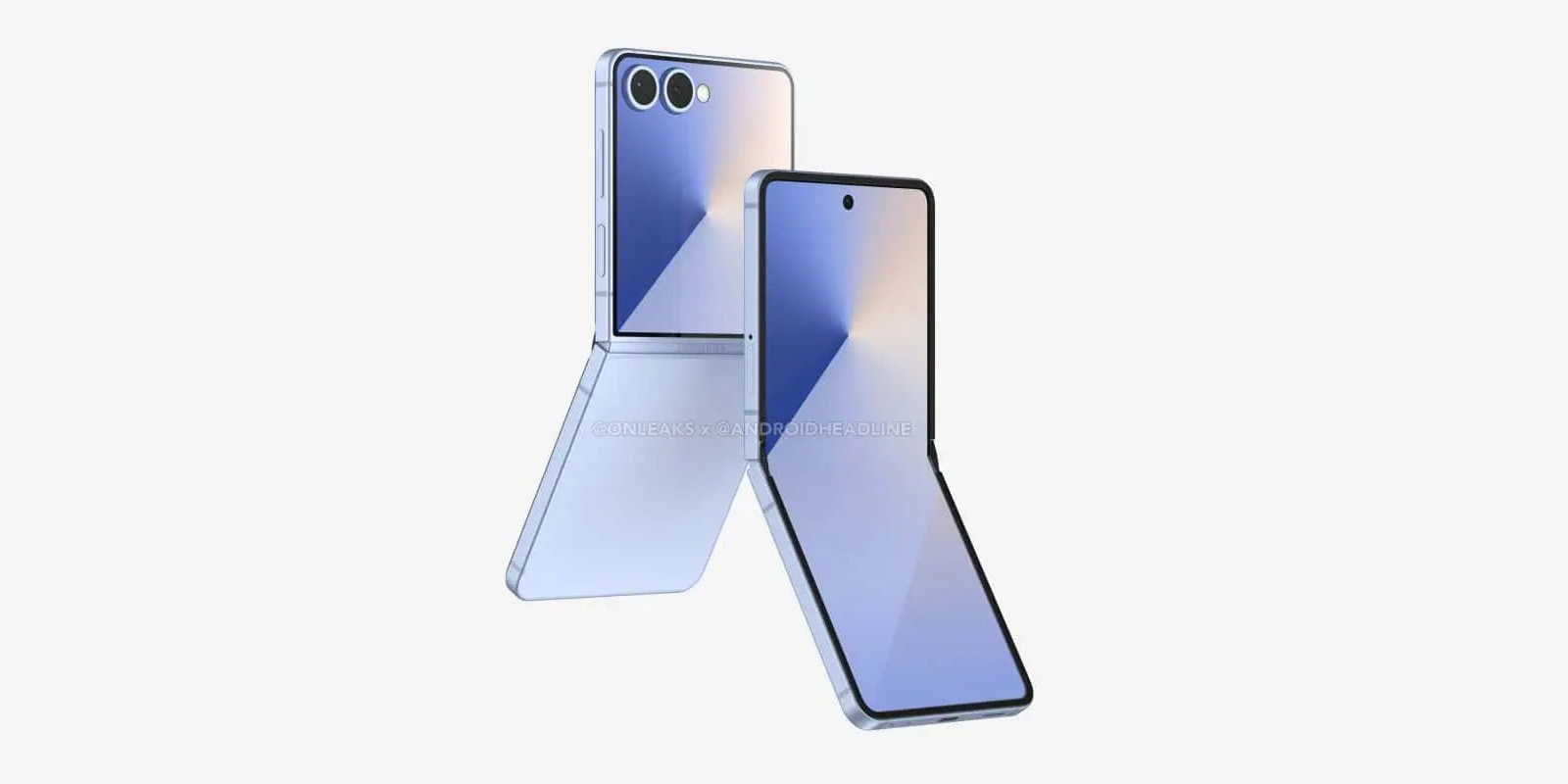Google Discover, the personalized content feed integrated into Android devices and the Google app, has recently undergone a significant redesign. This update introduces a full-width, zero-margin layout that has been widely implemented across various devices. While some users appreciate the modernized appearance, others have raised concerns about its impact on usability and content presentation.
Overview of the Redesign
The most noticeable change in the new design is the expansion of images to occupy the full width of the screen, eliminating the previous borders. This alteration aims to provide a more immersive visual experience. However, it has led to instances where portions of images are cropped, potentially omitting important visual information. Additionally, the margins around text and titles have been increased, which may affect the overall readability and aesthetic balance of the feed.
Comparison with Previous Designs
Prior to this update, Google Discover featured a card-based layout where each article or post was enclosed within defined borders. This structure not only separated individual items but also maintained a consistent visual hierarchy. The transition to a full-width design marks a departure from this approach, aligning with Google’s Material 3 design principles that emphasize fluidity and expansiveness. However, this shift has sparked discussions about its effectiveness and user-friendliness.
User Feedback and Concerns
The redesign has elicited mixed reactions from the user community. Some users appreciate the modernized look and feel, noting that the full-width images create a more engaging experience. Others, however, have expressed concerns about the practicality of the new layout. The cropping of images can lead to a loss of context, especially when critical parts of the visuals are cut off. Moreover, the increased text margins may result in less efficient use of screen space, potentially requiring more scrolling to access the same amount of content.
Potential Implications for Content Creators
For content creators, the redesign presents both opportunities and challenges. The full-width images offer a larger canvas to showcase visuals, which can be advantageous for capturing user attention. However, the risk of image cropping necessitates careful consideration of how visuals are composed and presented. Ensuring that key elements are centrally positioned can help mitigate the impact of potential cropping. Additionally, the changes in text presentation may require adjustments in how headlines and descriptions are crafted to maintain clarity and engagement.
Alignment with Material 3 Design Principles
Google’s Material 3 design language focuses on creating adaptable and dynamic user interfaces that respond to various screen sizes and orientations. The full-width redesign of Google Discover aligns with these principles by promoting a more fluid and immersive experience. However, the implementation has raised questions about the balance between aesthetic appeal and functional usability. Ensuring that design changes enhance user experience without compromising content integrity is crucial for the successful adoption of new design paradigms.
Looking Ahead: Future Updates and Adjustments
As with many design updates, the full-width redesign of Google Discover is likely to undergo further refinements based on user feedback and performance metrics. Google has a history of iterating on its products to address user concerns and improve functionality. Future updates may include options for users to customize the appearance of their feeds, such as toggling between different layout styles or adjusting text and image settings. Such flexibility can cater to diverse user preferences and enhance overall satisfaction.
Conclusion
The recent full-width redesign of Google Discover represents a significant shift in the platform’s visual presentation, aiming to provide a more immersive and modern user experience. While the changes align with Google’s broader design objectives, they have also highlighted the challenges of balancing aesthetic innovation with practical usability. Ongoing user feedback and iterative improvements will be essential in refining the design to meet the needs and expectations of the diverse Google Discover user base.



